Huahine
We left the anchorage in Opunohu Bay in Moorea at 4pm to make the 17 hour passage to Fare Bay in Huahine. This would ensure we would arrive at our destination in daylight. We weren't the only ones making use of the good weather window. Making Memories and around 16 other boats left Moorea too. Our chartplotter screen was very busy with AIS targets! The passage was fairly uneventful, but for one incident. A cargo ship called Tahiti Nui VIII coming from the opposite direction, came very close to several yachts. Despite repeated hails on VHF Channel 16, the crew on the cargo ship did not answer their radio and merely ploughed on through a sea of angry yachties who had to make sudden course corrections to avoid a collision. Not easy for some who were flying spinnakers! Fortunately, we were not in its direct path so it didn't cause us any issues, but it just goes to show you need to be vigilent at all times. You can never assume everyone knows the 'rules of the road' or if indeed other boats are keeping a proper watch.
After a lovely passage, luck was not on our side as we approached the pass into the anchorage at Fare. A large squall passed through, bringing heavy rainfall and strong winds. We motored around for a bit until conditions allowed us to anchor safely. The anchorage was crowded and we found ourselves anchored at the back of the pack in around 14 metres depth. As usual, we dove on the anchor to check it was dug in properly, set the anchor drag alarm and settled down for a nap.
We spent about a week on Huahine and found it to be a pretty island with a relaxed and laid back vibe. It is often referred to as being one of French Polynesia's hidden treasures.
We spent about a week on Huahine and found it to be a pretty island with a relaxed and laid back vibe. It is often referred to as being one of French Polynesia's hidden treasures.
Anchorage at Fare
Together with friends Jeff and Debby from Making Memories we hired a car and toured the island. Huahine consists of two islands, the larger island being Huahine Nui and the smaller being Huahine Iti. We travelled clockwise from Fare. Our first stop was at Fare Potee in Maeva. This cute museum is built in the style of the traditional house. Around the site there are around 10 marae, some reportedly dating back to the 16th century.
Just a little further along the road, a bridge crosses to Motu Ovarei. From the bridge you can see a series of fish traps in the water. Large stones are laid out in a pattern in the shape of the letter V. They are designed to take advantage of the ebbing current to draw the fish into a 'maze' and eventually into a circular shaped pool where they can't escape. The fish are then easily caught either by net or harpoon. It is an ingenious design that has been used for centuries.
Close to the fish traps was Marae Manunu. This is a massive structure 2 metres high, 40 metres long and almost 7 metres wide. It features a two stepped ahu (altar) platform. This marae was primarily dedicated to Tane, Huahine's own god of war and fishing.
At the end of the road on Motu Ovarei we came across a pretty coral beach on the site of a former Sofitel Hotel. The beach is called Cite de Corail and the snorkelling is reputed to be superb here.
The former Sofitel hotel being reclaimed by the land
Our next stop was a visit to Nuahine Nui Pearls and Pottery, floating in the middle of the lagoon. There is a free ferry ride to take you to the floating pearl farm, where we were given a talk on how the infamous black pearl is produced.
The pearls are 'cultured'. A cultured pearl is created by an operation called a 'graph'. The live oyster is opened briefly whilst a 'nucleus' (small round ball) s placed inside the shell. The nucleus can be man made or in the case of this pearl farm, the nucleus is made from the shell of a variety of oyster found in the Mississippi river in America. These small beads are treated as a parasite by the host oyster who coats it with a layer of mother of pearl to protect itself. After about 18 months, the pearls are ready to be harvested. The colour of the pearls varies depending on the colouring on the outer inside edge of the host oyster. The 'nacre' or thickness of the layer of mother of pearl also varies. If the pearl retains a perfect round shape with a thick coating of nacre and has no imperfections in the nacre, then the pearl will fetch a lot of money. Even those pearls with slight imperfections can cost a lot, but you can see why. They can take up to 4 years from the time of the first oyster spawn are collected to the harvest of those oysters' first pearls. It is also a labour intensive process as everything has to be done by hand.

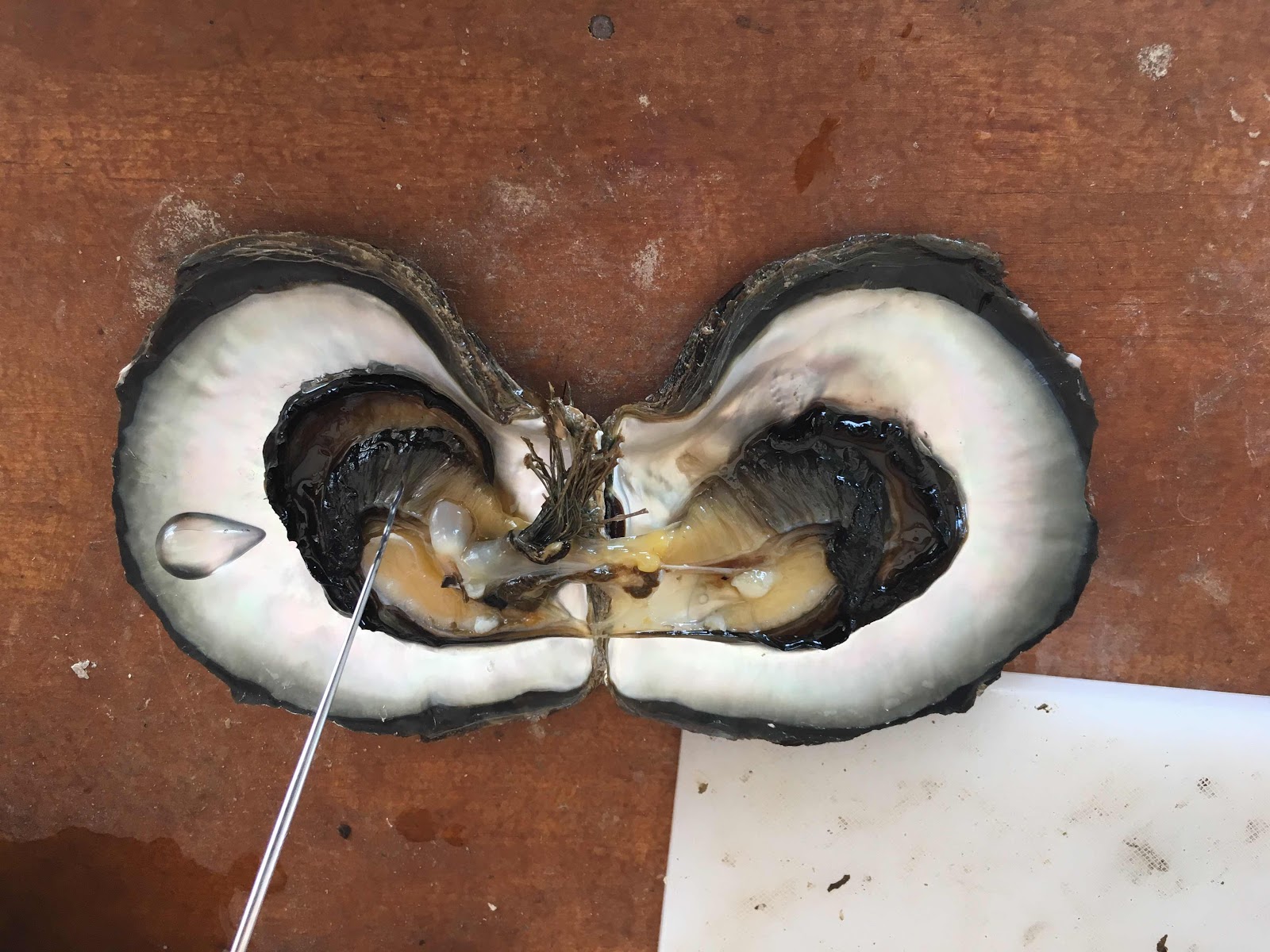

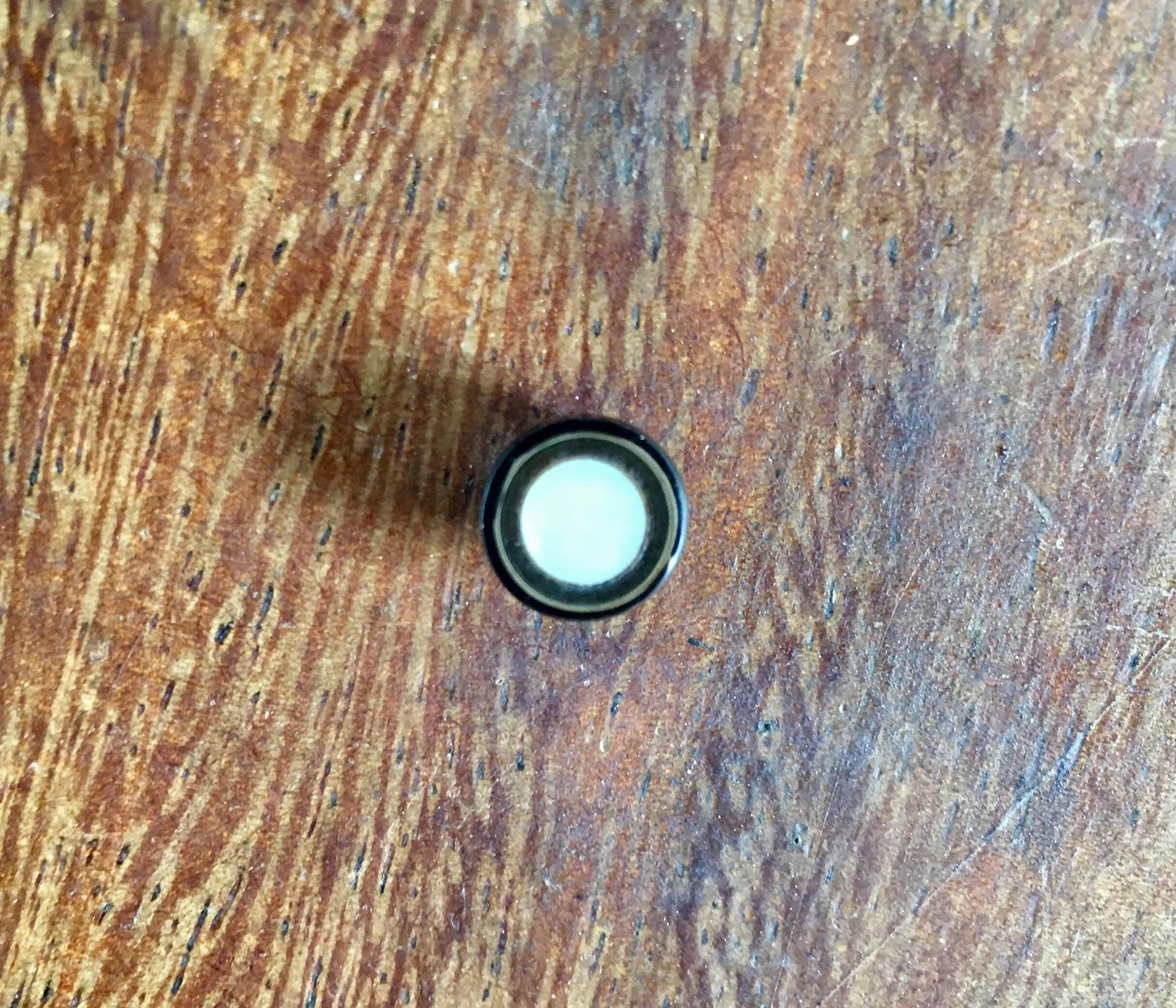
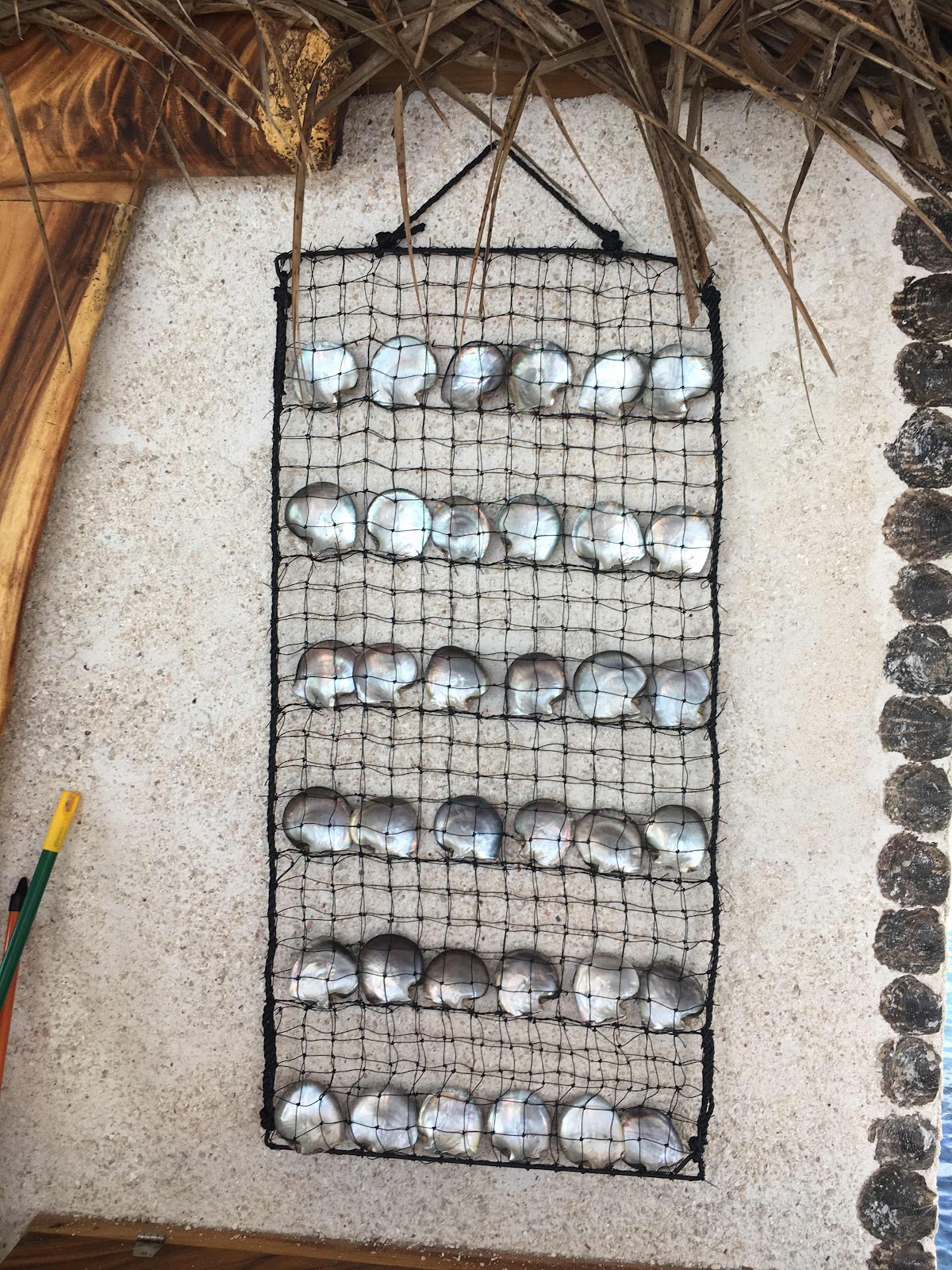


Next we came to the village of Faie, where there are some sacred blue-eyed eels in the river. We did stop to see them but the water was quite murky and they were hiding so we weren't able to get any photos. According to the guide book, we should have taken a can of sardines with us which they are rather partial to! They are considered sacred because they carry the spirits of dead islanders. Spooky...
Our next stop was the Belvedere Lookout Point at the top of Mount Turi, the highest point on Huahine Nui. The lookout offers fine views south towards Maroe Bay and Huahine Iti.
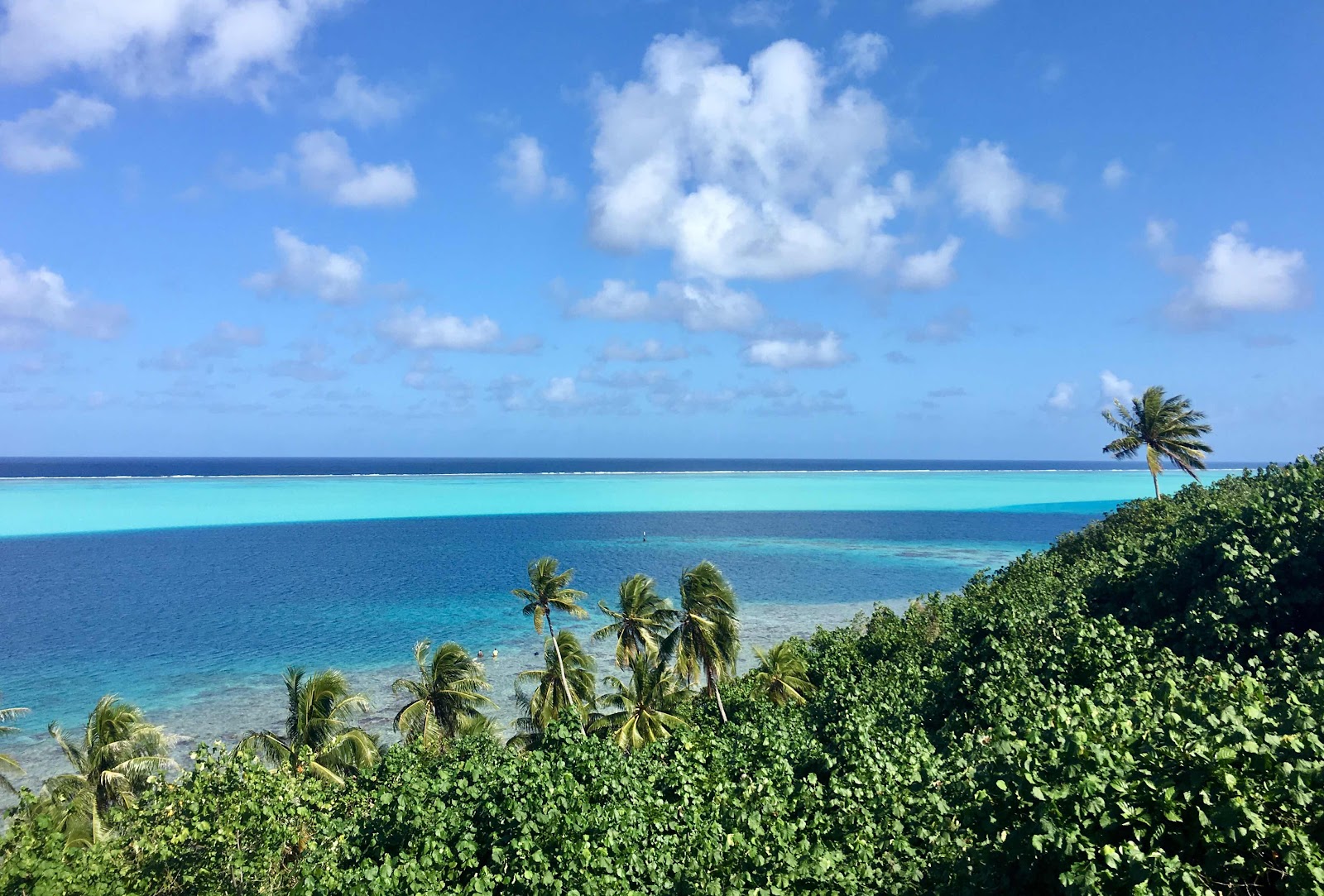

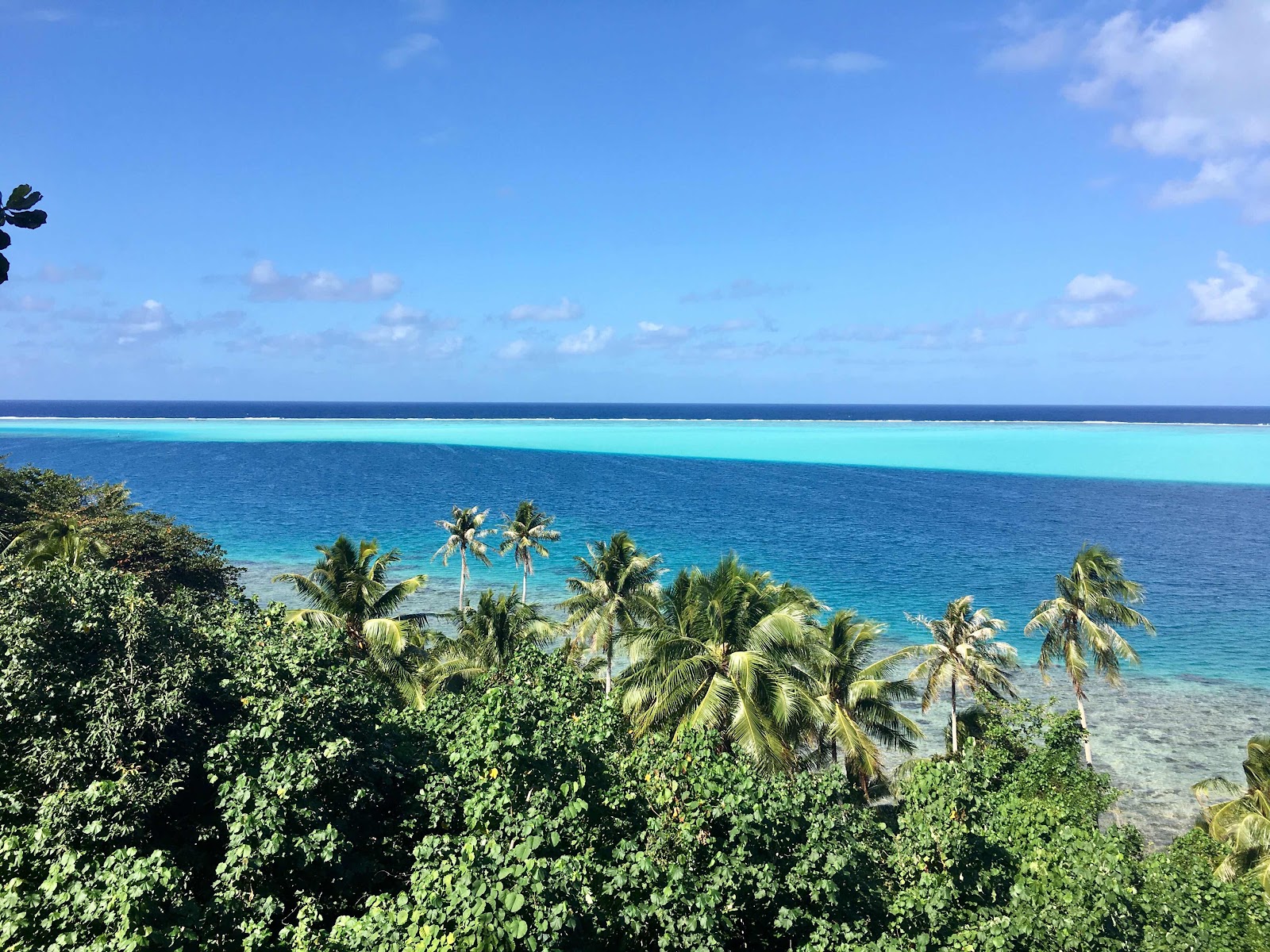

On Huahine Iti we visited Marae Anini. This was a community marae and is made from massive coral blocks. The marae was dedicated to 'Oro' (the god of war) and 'Hiro' (the god of thieves and sailors).
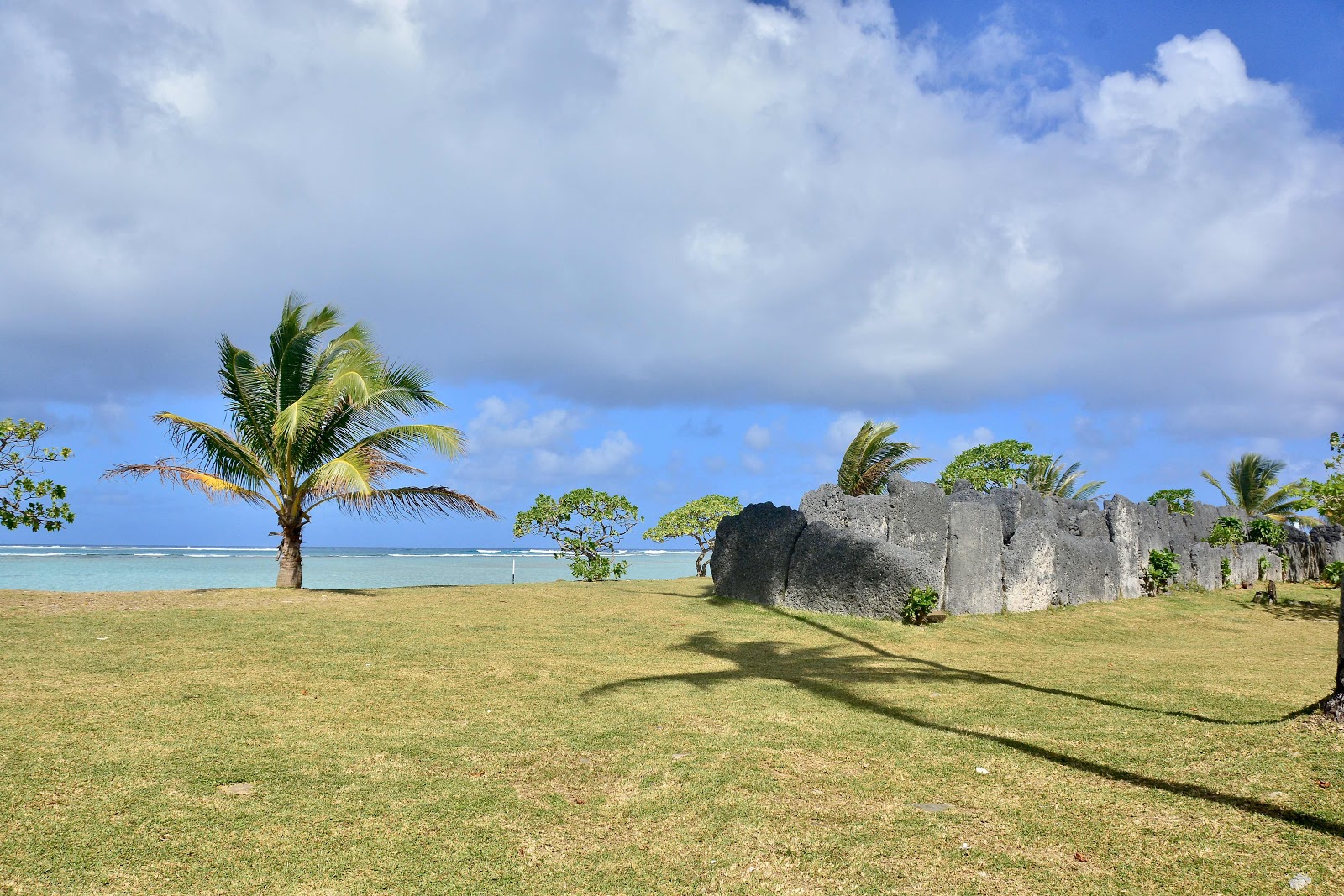
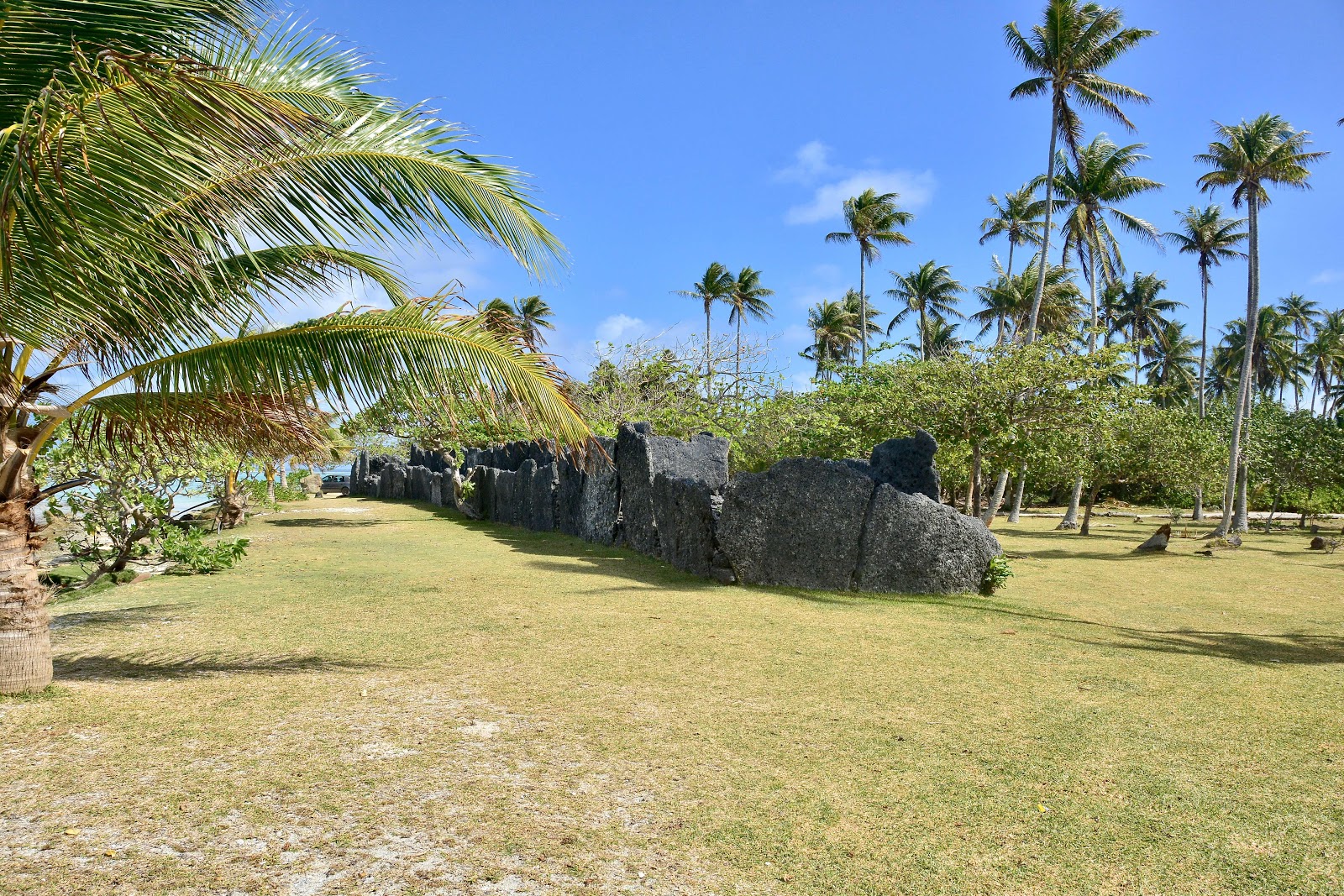
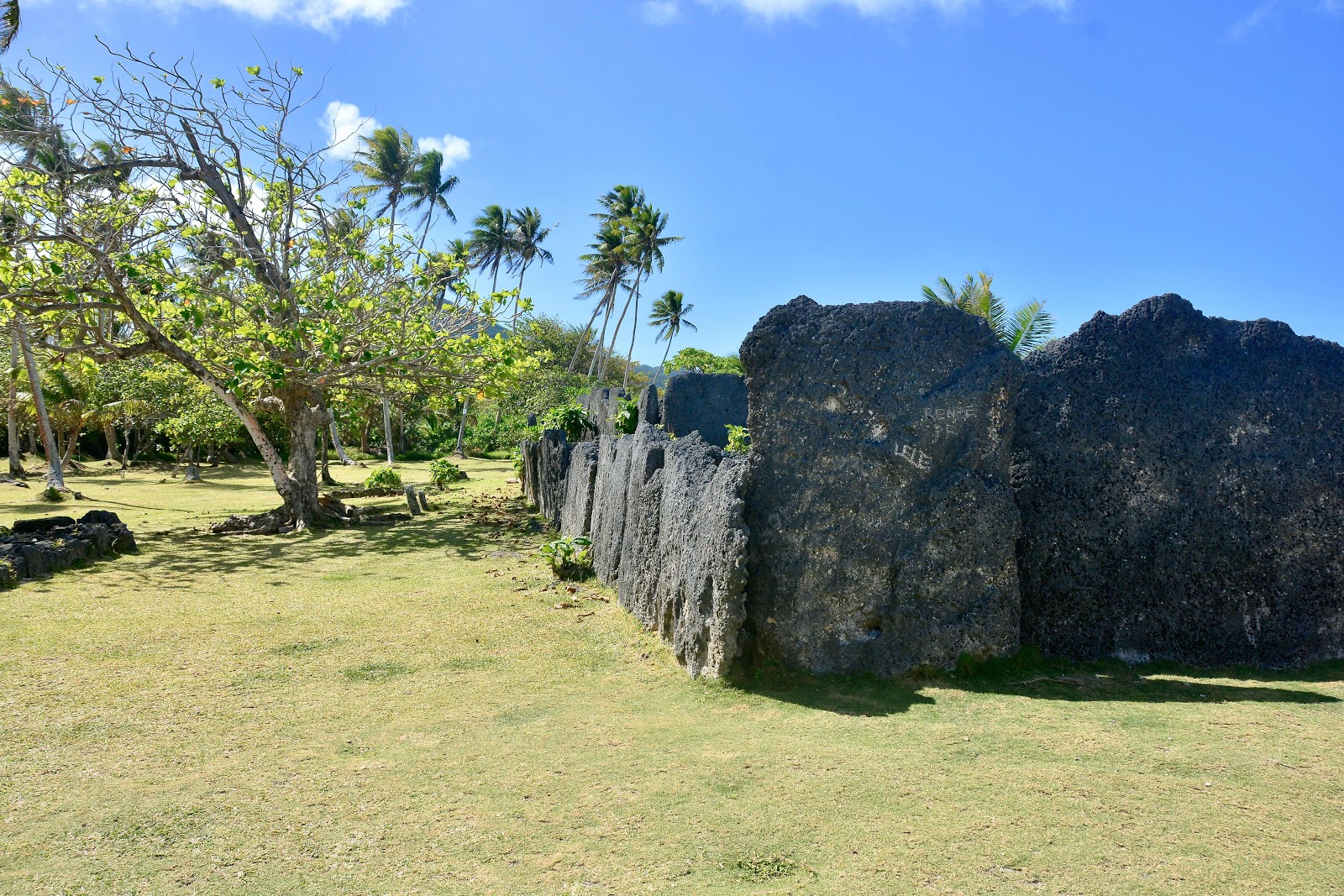

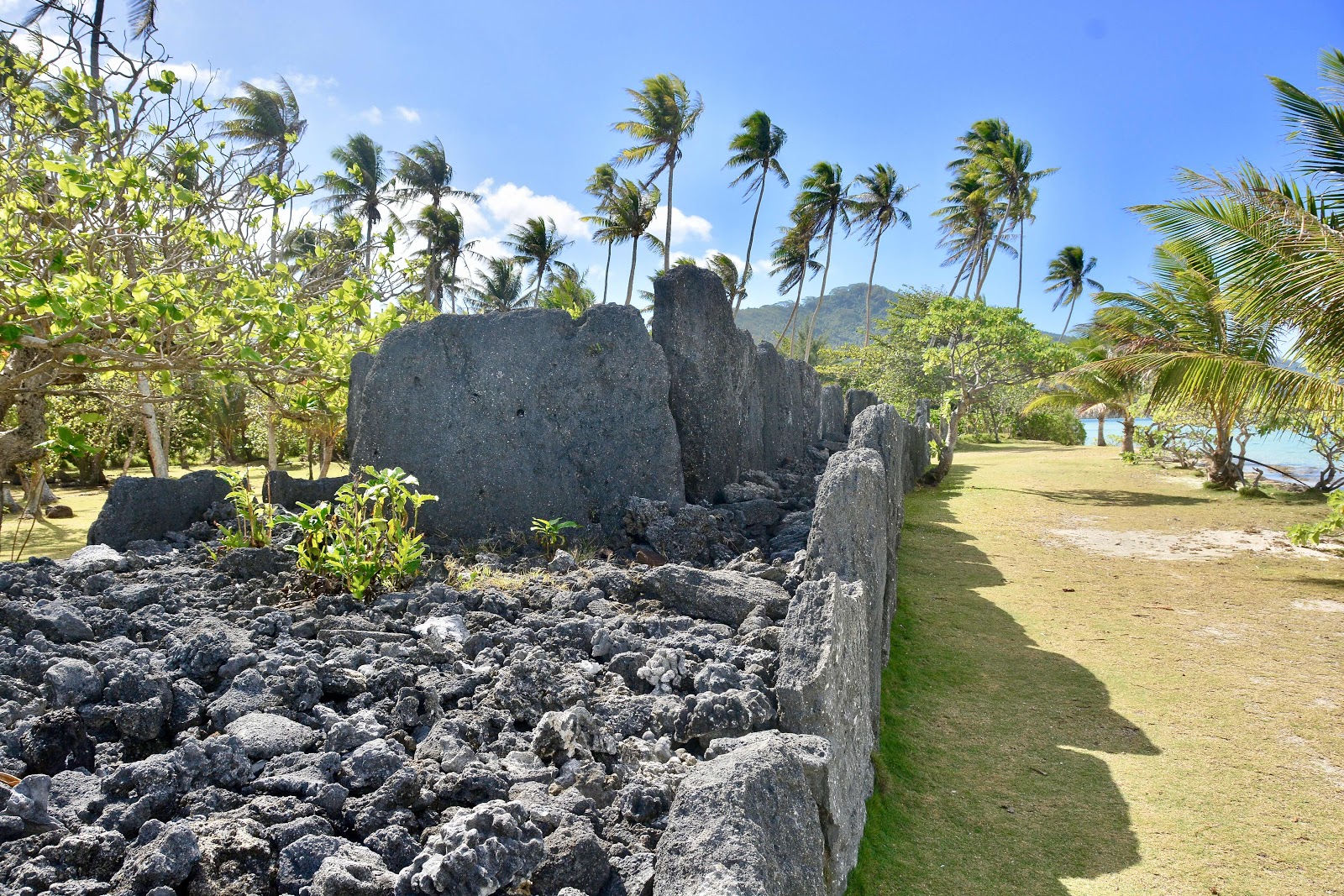

We stopped for lunch in Avea Bay before heading back to Fare and dropping off the hire car.
Next we came to the village of Faie, where there are some sacred blue-eyed eels in the river. We did stop to see them but the water was quite murky and they were hiding so we weren't able to get any photos. According to the guide book, we should have taken a can of sardines with us which they are rather partial to! They are considered sacred because they carry the spirits of dead islanders. Spooky...
Our next stop was the Belvedere Lookout Point at the top of Mount Turi, the highest point on Huahine Nui. The lookout offers fine views south towards Maroe Bay and Huahine Iti.
On Huahine Iti we visited Marae Anini. This was a community marae and is made from massive coral blocks. The marae was dedicated to 'Oro' (the god of war) and 'Hiro' (the god of thieves and sailors).
We stopped for lunch in Avea Bay before heading back to Fare and dropping off the hire car.
Yet another stunning view of Huahine
We enjoyed our brief stay on Huahine but it was, yet again, time to move on. Our next destination, the island of Taha'a.
No comments:
Post a Comment